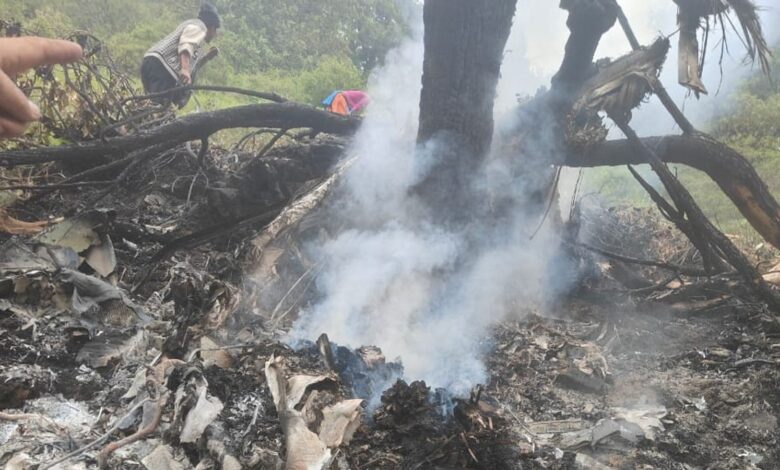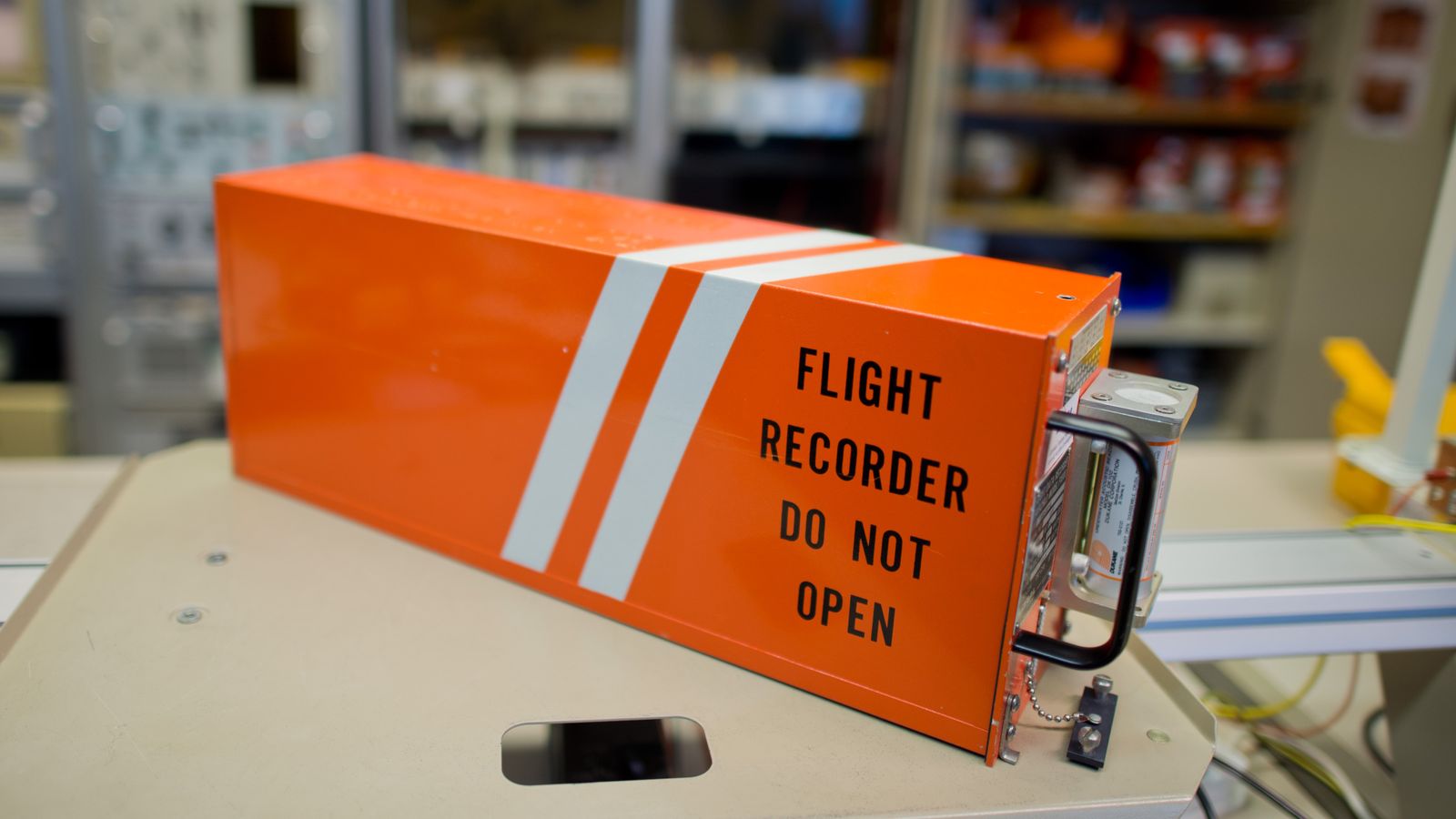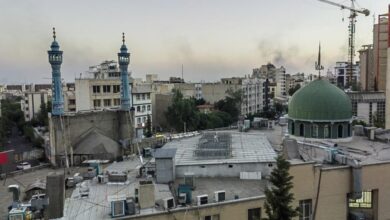
The tragic crash of Air India Flight 171, which killed 229 passengers and 12 crew members just moments after takeoff from Ahmedabad, India, continues to puzzle investigators, with new developments placing increased scrutiny on the aircraft’s landing gear and flight systems.
India’s aviation regulator has directed Air India to remove three senior officials involved in crew scheduling and rostering, following the June 12 crash of flight AI-171 in Ahmedabad that killed 270 people. The move comes amid ongoing investigations into possible safety and crew management lapses.
The suspended officials were reportedly responsible for managing crew rosters and ensuring compliance with mandatory rest periods — factors now under investigation as potential contributors to the disaster.

Meanwhile, the Indian authorities have recovered the aircraft’s black boxes — the flight data recorder and cockpit voice recorder — after more than 24 hours of search efforts, delayed due to severe fire damage at the crash site. According to The Economic Times, the damaged devices will be sent to the United States for advanced analysis, as local labs lack the capability to extract data from units exposed to extreme heat.
A statement from the Indian government emphasized that the Aircraft Accident Investigation Bureau (AAIB) will make a “due assessment” of technical, safety, and security conditions before deciding on further analysis steps.
Experts analyzing CCTV footage of the crash, which occurred just 30 seconds after takeoff on Thursday, June 12, have raised concerns about anomalies in the aircraft’s configuration. The video shows the Boeing 787-8 Dreamliner struggling to gain altitude, with its landing gear still deployed and nose raised, before it plummeted into a residential neighborhood in Ahmedabad, killing 29 people on the ground.
Former British Airways pilot Alastair Rosenschein and aviation analyst Paul Edwards told Sky News that the landing gear should have been retracted, and the flaps correctly set for takeoff. The presence of the gear in the extended position during the crash has raised further questions. Reuters also confirmed that investigators are actively assessing flap and landing gear functions.
While some have speculated about the possibility of a bird strike, experts argue this is unlikely to be the sole cause of the crash, as the Dreamliner is designed to fly on one engine in emergencies. Sources close to the investigation told Reuters that bird strikes are not currently a focus.
The dramatic footage captured near the crash site shows the aircraft reaching only 625 feet in altitude before descending sharply. The Dreamliner, a 12-year-old aircraft, had no prior fatal crashes in its 16 years of global operation. This crash, therefore, has sparked renewed attention on Boeing, already under pressure following previous incidents with other aircraft models.
The AAIB is now leading the investigation with support from the UK, the U.S., Boeing, and anti-terrorism units, according to Reuters. Investigators are currently examining crash debris, flight configuration, black box data, CCTV footage, and eyewitness accounts to reconstruct the final moments of the doomed flight.
Amit Singh, a former pilot and aviation analyst, noted that the team is conducting a comprehensive cross-reference of flight data with physical evidence from the site to pinpoint what caused the aircraft to fail so catastrophically so soon after takeoff.
According to the UN’s Manual of Aircraft Accident Investigation (DOC 9756), countries are encouraged to release a preliminary report within 30 days. A final report should ideally be published within 12 months, though delays are common in complex cases.
Former AAIB Director General Aurobindo Handa cautioned that while the probable cause may be identified earlier, a full report may take much longer, as investigators must explore every detail and potential contributing factor.
“This isn’t just about finding the cause,” Handa said. “It’s about understanding the entire chain of failures—mechanical, procedural, or human—that led to this tragedy.”
The sole survivor of the crash, a British national, was released from the hospital earlier this week and attended his brother’s funeral, carrying his coffin in a poignant moment that underscored the human toll of the disaster.
This crash has cast a shadow over Boeing’s Dreamliner program, with aviation insiders calling for deeper evaluations of the aircraft’s systems. Air India, meanwhile, has cancelled further flights from Ahmedabad to London as a precaution.
With international pressure mounting and public concern growing, the results of the ongoing investigation will be closely watched worldwide.
Meanwhile, Gujarat authorities continue efforts to identify victims. As of Saturday, 220 DNA matches have been made, with 202 bodies handed over to families. Victims include 160 Indians, 34 Britons, 7 Portuguese nationals, and 1 Canadian. Public pressure is mounting for a full probe into systemic and operational failures behind one of India’s worst aviation tragedies.














